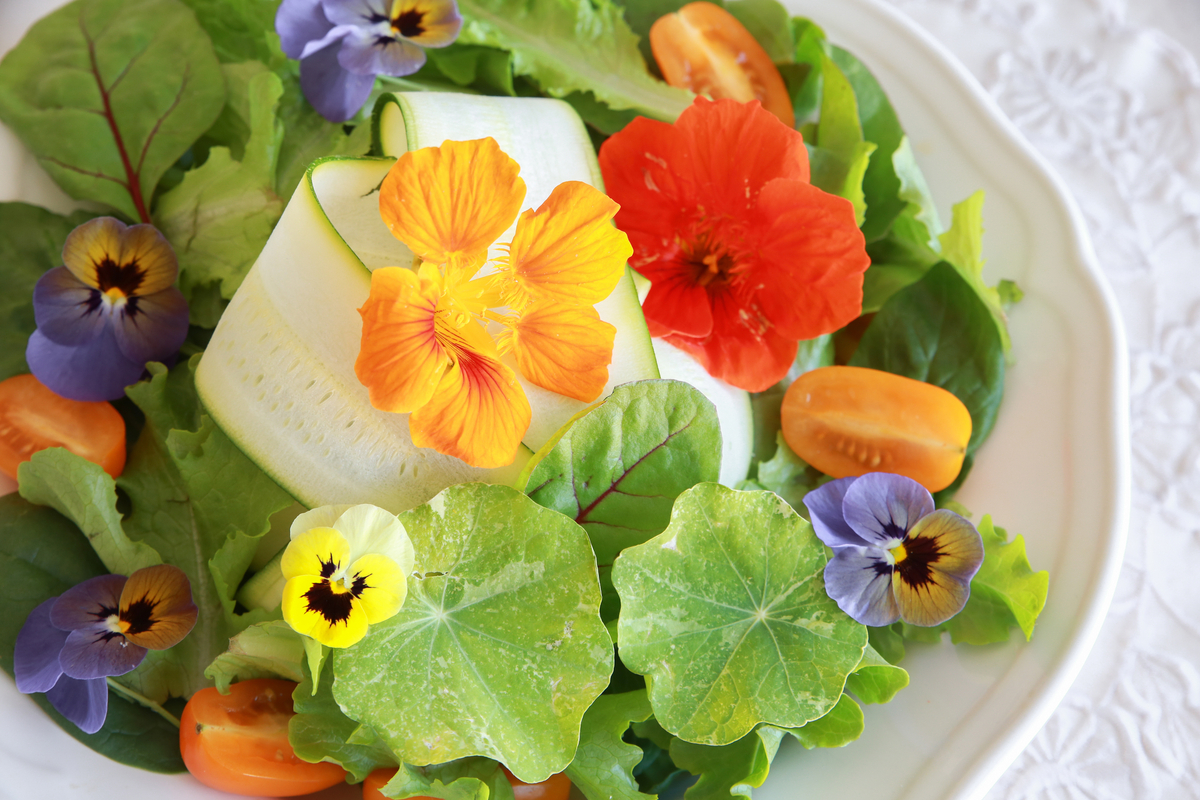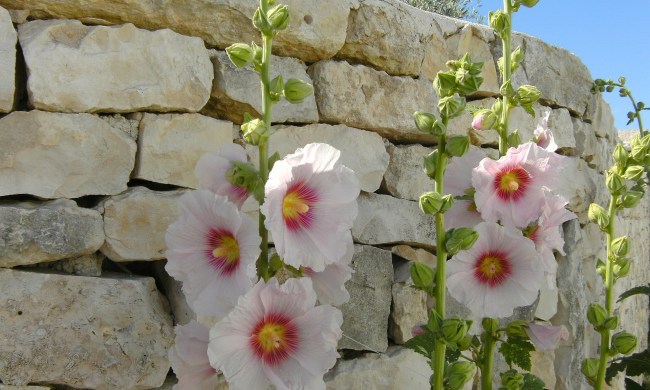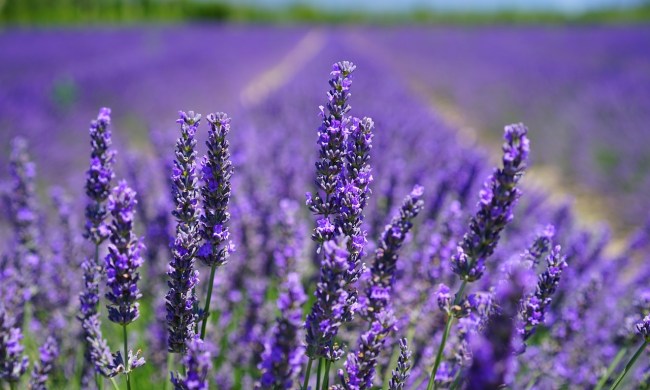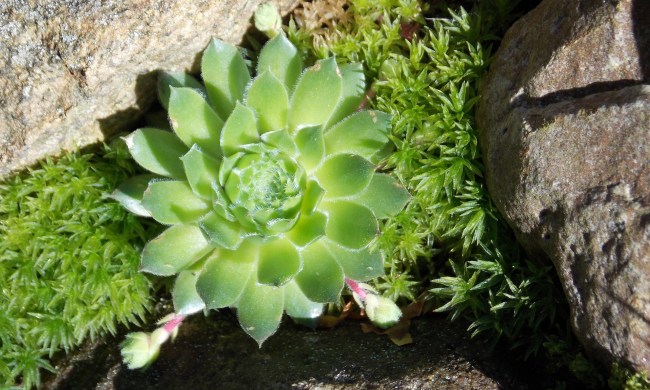Growing food is gratifying in at least two ways. One, you get to experience the many joys of gardening. This activity is a super stress reliever and an excellent concentration break for those who work at home. Two, you get to eat what you’ve grown, which is more a source of pride and an occasional source of nutrition than a money-saving or self-sufficiency venture. When you learn how to grow and keep edible flowers on your own, you get to further enjoy the benefits of the beauty and fragrance that the flowers add to your home. If you’re ready to take that step, the following are five gorgeous edible flowers that you can grow in your kitchen right now.
Viola
Edible violas include both pansies and Johnny jump-ups. These colorful annual flowers are typically used for a splash of color in the landscape, but they also make an excellent garnish with a mild minty flavor. Use violas as a colorful addition to salads or to decorate cakes.
Avoid ingesting fertilizers and pest control products on nursery-grown plants. Start your edible pansies from seed. In an 8-inch pot filled with moist container soil, sow seeds thinly and press them into the soil surface. Cover them with a thin layer of soil, then cover the pot with plastic, as the seeds require darkness and consistent moisture for rapid germination. The seeds will sprout in about two weeks.
Thin out all but the strongest three or four evenly spaced plants. Move the container to the sunniest location available and water once or twice per week. Flowering will begin six to eight weeks after germination.
Calendula
Calendula, also known as pot marigold, is another easy-to-grow annual with bright, colorful flowers and a long blooming season. Depending on the cultivar you choose, the flowers are yellow, orange, or golden colored and daisy-like in form. The flavor varies among cultivars from peppery, to tangy, to spicy or bitter. Use them in hearty stews, salads, as a saffron substitute to add a golden color to rice or for a mildly astringent herbal tea.
Seeds are readily available at garden centers and seed suppliers. Start plants individually in 6-inch containers, or three per 10-inch pot. Fill the container with moist container mix, place two seeds where you want one plant to grow (just in case one doesn’t sprout), press them into the soil, and cover with ¼ inch of additional soil. Put a plastic cover on the pot, and place it in a sunny location.
The seeds will sprout in about a week. Remove any weak secondary plants. Keep the pot in a bright, sunny location. Water once or twice a week. Flowers will begin to bud six to eight weeks after the seeds germinate.
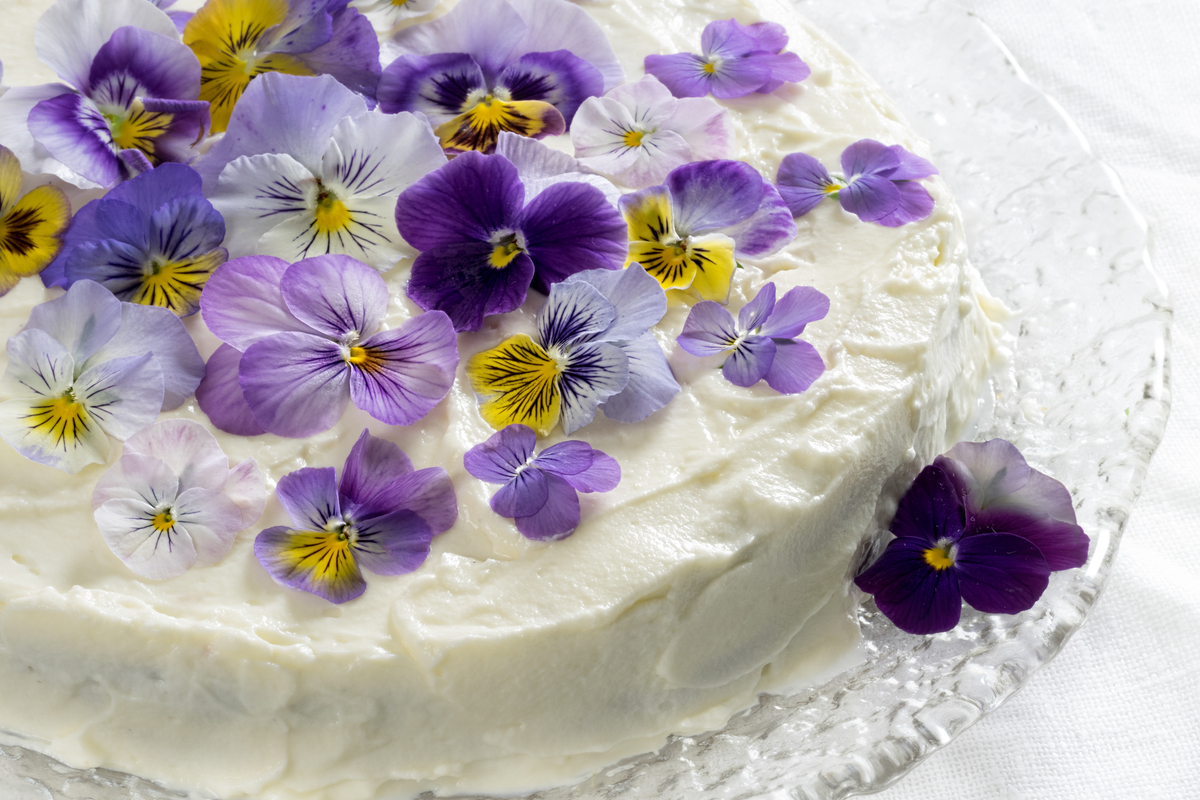
Nasturtium
Nasturtium flowers come in vivid shades of red, orange, and yellow that lend a color and flavor pop to salads, sandwiches, or as garnishes. Both the leaves and flowers are edible, with a taste somewhere between peppery radish and watercress.
Like viola and calendula, nasturtium should be started from seeds. It will grow easily as a container plant in a sunny room. Fill an 8-inch pot with moist soil, and plant two seeds 1-inch deep at the center. Cover the pot with plastic. The seeds will sprout in 10 to 14 days. Flowering will begin four to six weeks later.
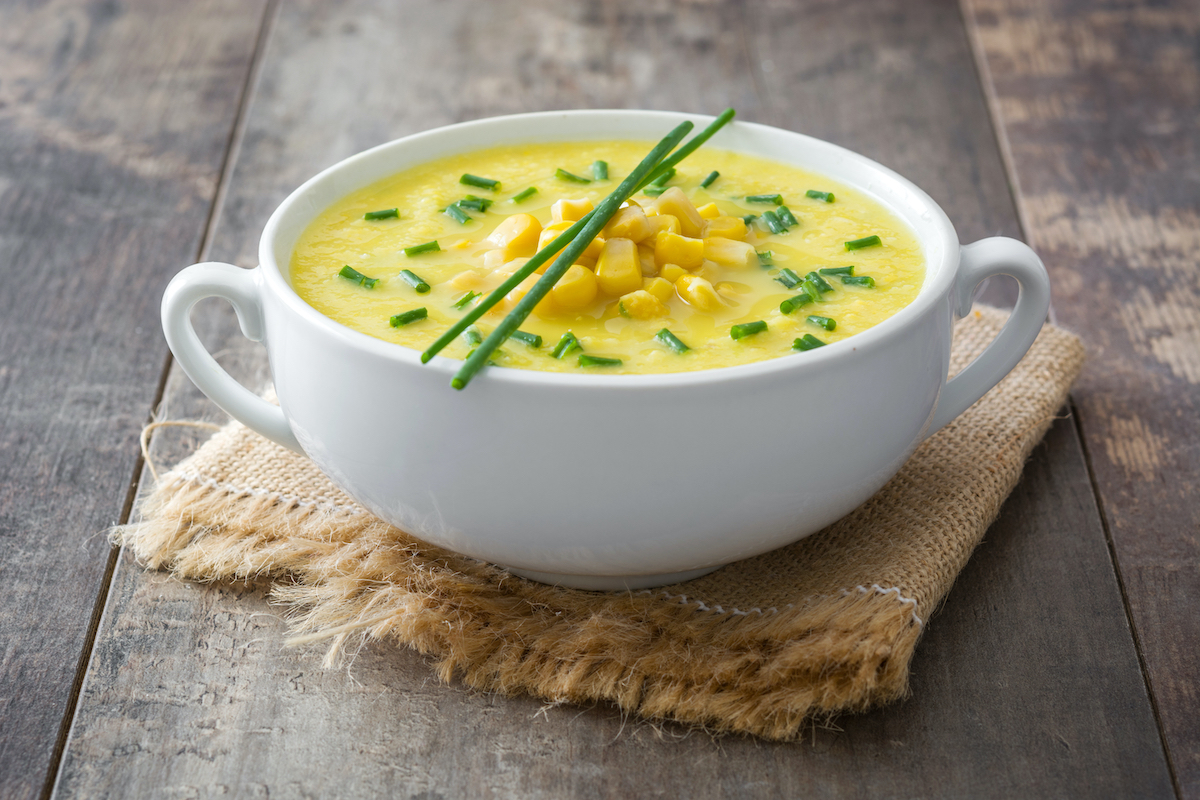
Chives
Several common culinary herbs offer edible flowers, and common chives are a perennial favorite. They have a lavender, globe-shaped flower cluster that tastes mildly of onion. Sprinkle them on soups or salads for a less pungent, more beautiful dish. Of course the green foliage is useful as well.
Unlike flowering annuals, nursery-grown herb plants are produced to be consumed. You could grow them from seed, but the easiest way to grow them is to purchase a starter plant. Transfer from the nursery pot to a 6-inch container, and grow in a sunny location. Water once or twice per week.
Mint
Spearmint is a great choice for indoor growing, and the flowers have a similar fresh flavor as the leaves. It is a traditional flavoring for lamb and vegetables, as well as mojitos and mint juleps. Use the pretty white flower spikes to infuse honey with a hint of mint, as an ingredient for home blended herbal tea, or as an edible garnish.
The easiest way to start a crop of mint in your kitchen garden is by purchasing a nursery-grown plant. Transplant it into a 6-inch container with moist container soil. Grow it in a bright location. Use foliage any time. Flowers will begin to appear in a month or so.
Flowering plants generally need lots of light to make lots of flowers. They will perform best in rooms with windows facing south. They’ll also reward you with beautiful new growth if you grow them outdoors weather permitting. Water them once or twice weekly, or as often as necessary to maintain consistently moist (not wet) soil. Feed your flowers half-strength liquid fertilizer at two-week intervals for best foliage and flower production.
